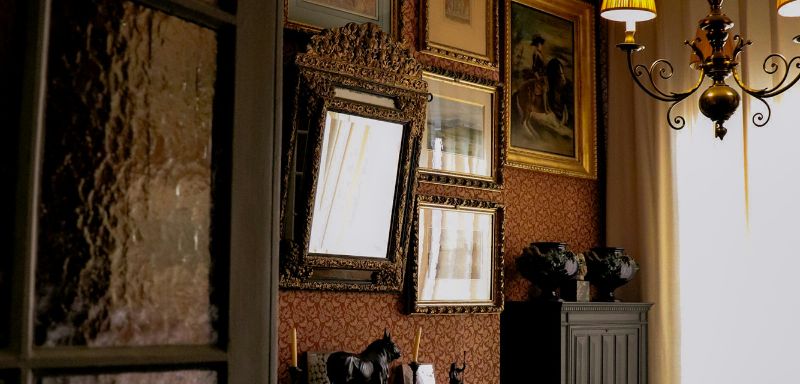The fashion industry has witnessed a noticeable comeback of vintage styles in recent years. Designers and consumers alike are embracing nostalgia, from 70s boho and 60s mod styles to 80s neon and 90s grunge looks. What, though, is behind this “vintage revival”? The reason why fashion is regressing is due to multiple variables.
Cultural Patterns and Memories
Fashion follows cyclical trends, and a big part of what comes back into style is nostalgia. Every decade tends to bring back trends from twenty to thirty years ago when the generation that grew up with them reaches adulthood where they can influence the economy. Vintage fashion from the 1980s, 90s, and early 2000s connects millennials and Gen Z to their youth, a period that is frequently seen as optimistic and uncomplicated. We observe an increasing societal demand for the aesthetics of these bygone eras, with social media catalyzing this nostalgia.
Slow fashion and sustainability
The effects of rapid fashion on the environment are growing increasingly significant. Vintage and used apparel are becoming more and more popular among consumers as sustainable substitutes. Wearing vintage apparel is a statement against disposable, mass-produced fashion. Adopting vintage looks allows customers to be environmentally friendly while also appealing to their sense of individuality. Purchasing used goods or revitalizing vintage items supports slow fashion, a movement emphasizing longevity, quality, and environmental consciousness.
Influence of Celebrities and Media
Influencers and celebrities have a big say in fashion, and many well-known people have embraced retro style. Modern fashion icons frequently reference bygone eras to create dramatic statements, from Bella Hadid’s 90s grunge revival to Zendaya’s homage to old Hollywood grandeur at red-carpet events. Vintage fashions are also frequently included in media, such as TV series, movies, and social media posts, which further integrates them into discussions about fashion today.
Self-reliance and Original Expression
Those who dress in antique or retro-inspired clothing can make a statement in a time when quick fashion often homogenizes trends. Fashion enthusiasts are drawn to unique designs that may be combined, contrasted, and reinterpreted, and antique clothing provides an abundance of these options.
The Influence of Digital and Retro Technology
Retro technology, such as Polaroid cameras, vinyl records, and early internet aesthetics, has rekindled interest in the digital age. Instagram feeds are dominated by Y2K aesthetics and retro-futuristic designs as a result of this renewed appreciation for “analog” fashion. A hybrid form of nostalgia that appeals to people who want to stay in the digital world but still feel connected to a pre-digital era has been produced by fusing vintage tech vibes with current design trends.
In summary, the vintage fashion resurgence is a complex trend propelled by individualism, cultural cycles, sustainability, and nostalgia. Through the fusion of the past and present, fashion keeps discovering new ways to reimagine the past and give classic trends a contemporary spin.

